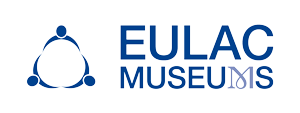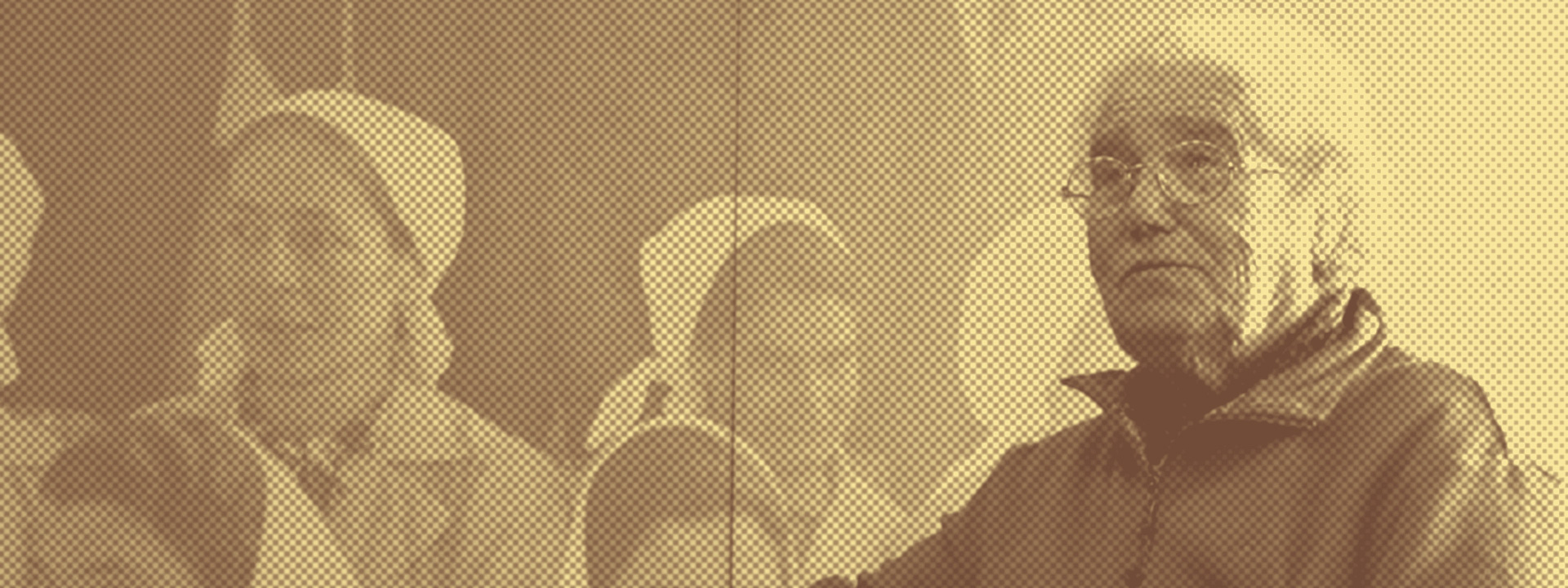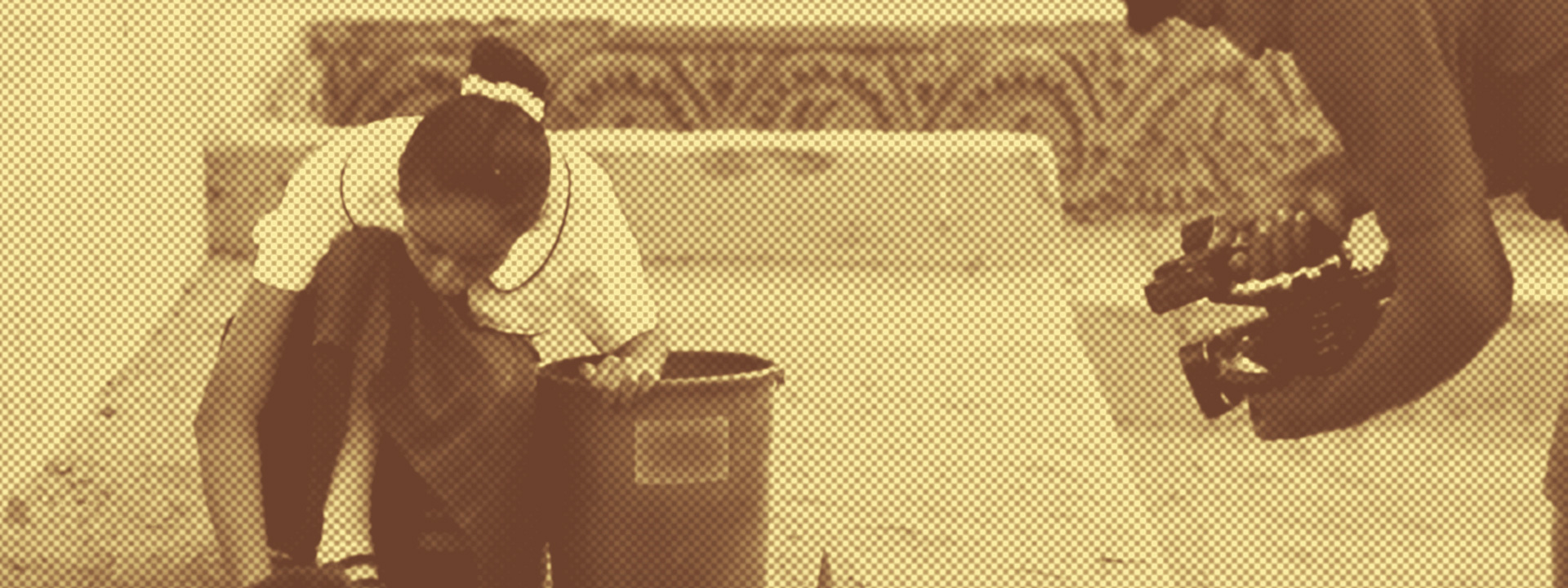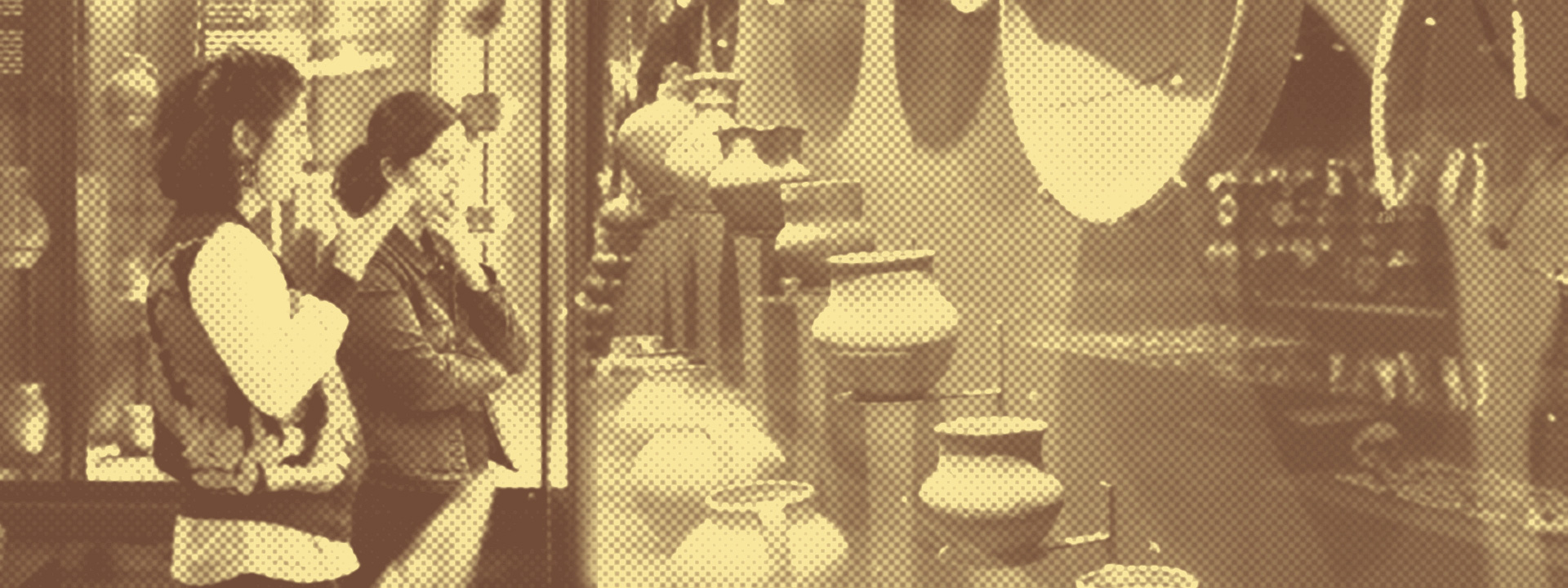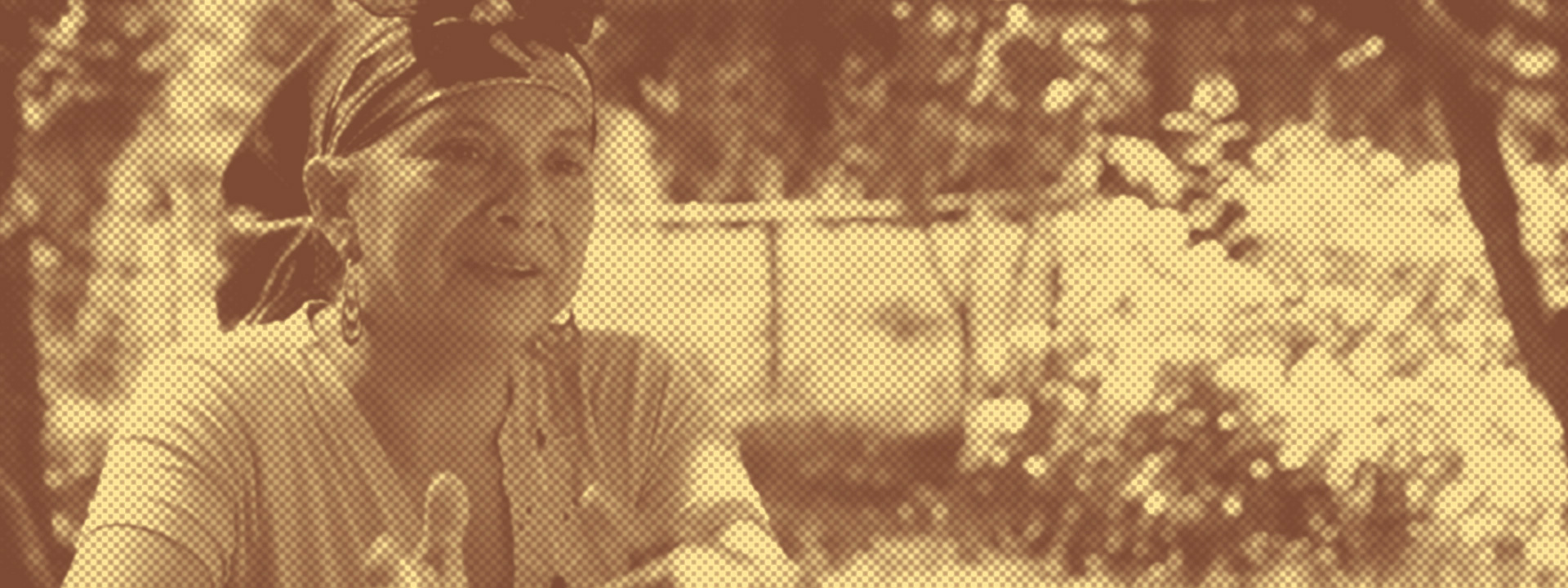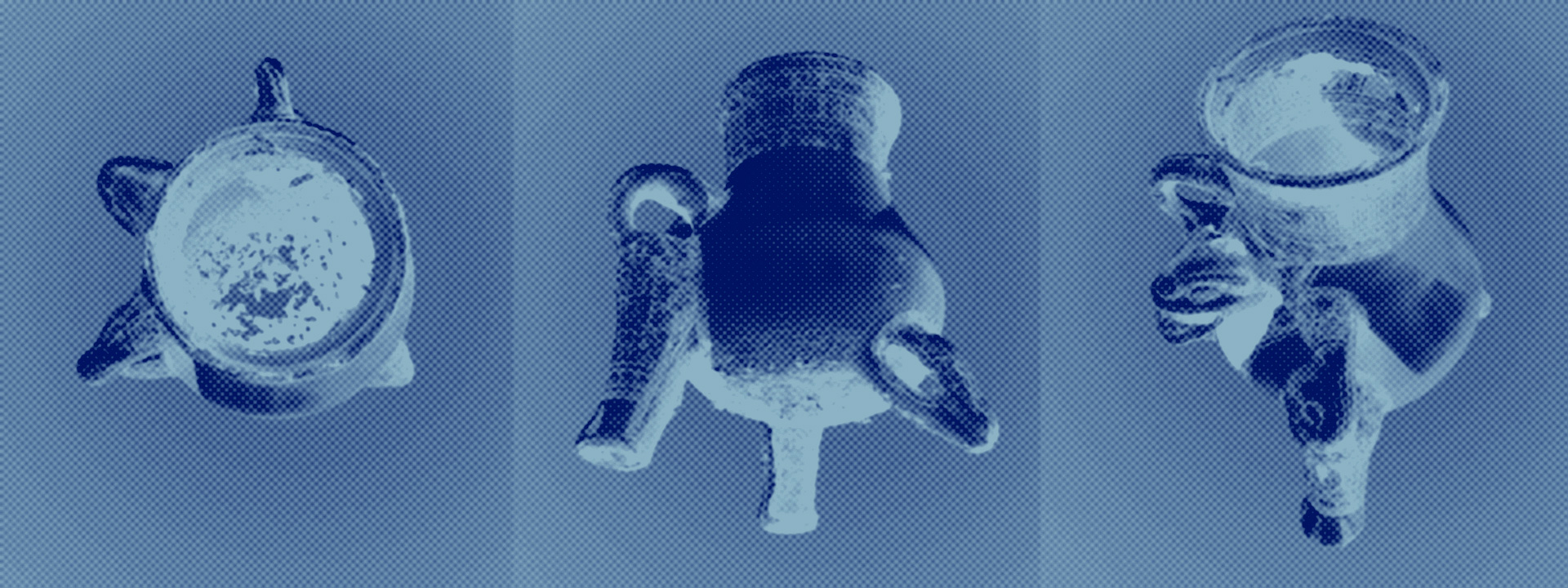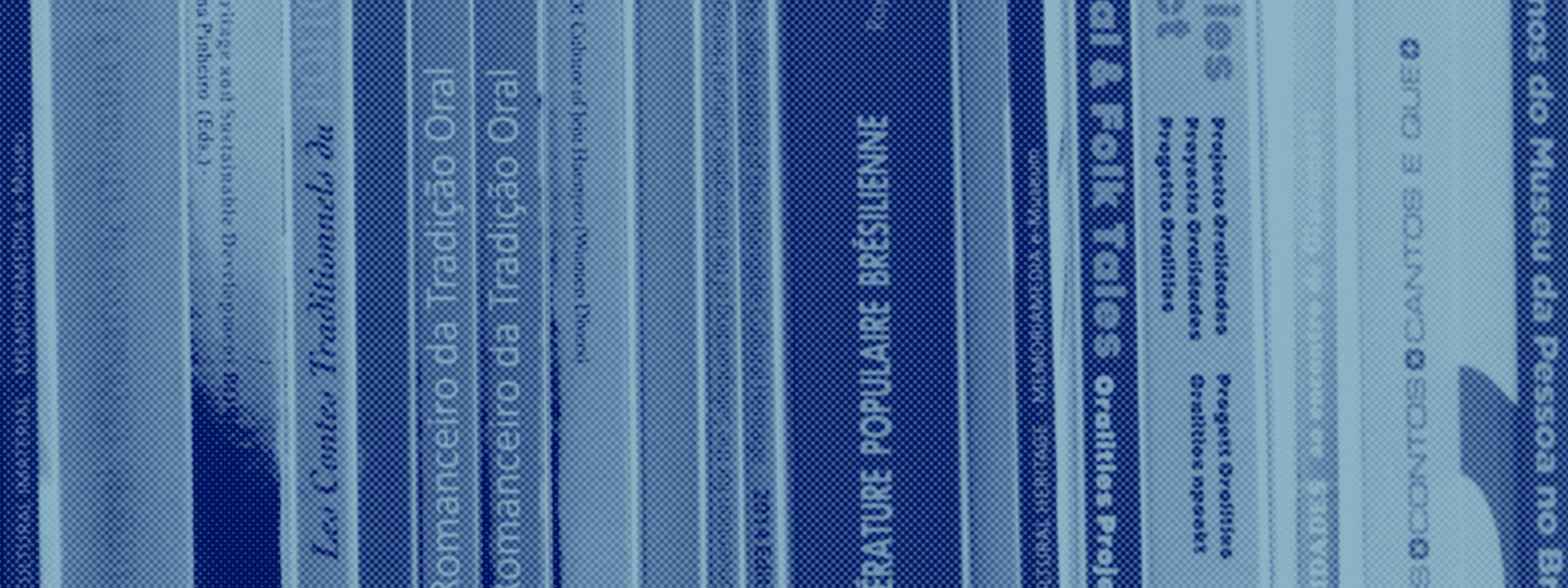ChileUniversidad Austral de ChileChilean Consortium Member |
Universidad Austral de ChileMiembro Chileno del Corsorcio |
|
|
Universidad Austral de Chile is committed to the heritage and cultural legacy of southern Chile, where its headquarters and campuses are located. Founded in 1954 in the city of Valdivia, the University has responded to the growing needs of the organized community, mainly in the fields of education, research, culture and production. Its mission and vision are aimed at generating permanent links with society and the disciplinary, technological, artistic, productive or professional scene. |
La Universidad Austral de Chile está comprometida con el patrimonio y legado cultural del sur austral de Chile, donde se encuentran emplazadas sus sedes y campus. Fundada el año 1954 en la ciudad de Valdivia, la Universidad ha respondido a las crecientes necesidades de la comunidad organizada, principalmente en el ámbito educativo, de investigación y en la esfera cultural y productiva. Su misión y visión se orientan a generar vínculos con la sociedad y el medio disciplinario, artístico, tecnológico, productivo o profesional. |
|
| The Museology Department is engaged with the university and regional community through the preservation and valuation of its memory and heritage. The museums of the Museology Department are found in territories defined by their inhabitants. The sustainability of heritage assets and collections is related to the development of the territories and the communities in which they are located. The cultural management carried out by the Museology Department is part of an eco-systemic responsibility policy under which accessibility and governance issues gain fundamental importance. |
La Dirección Museológica está vinculada con la comunidad universitaria y regional a través de la preservación y puesta en valor de su memoria y patrimonio. Los museos de la Dirección Museológica se encuentran insertos en territorios resignificados por sus habitantes. La sostenibilidad de los bienes y colecciones patrimoniales está relacionada con el desarrollo del territorio y las comunidades en las que se insertan. La gestión cultural que realiza, se enmarca en una política de responsabilidad eco sistémica bajo la cual las variables de accesibilidad y gobernabilidad adquieren una fundamental relevancia. |
|
